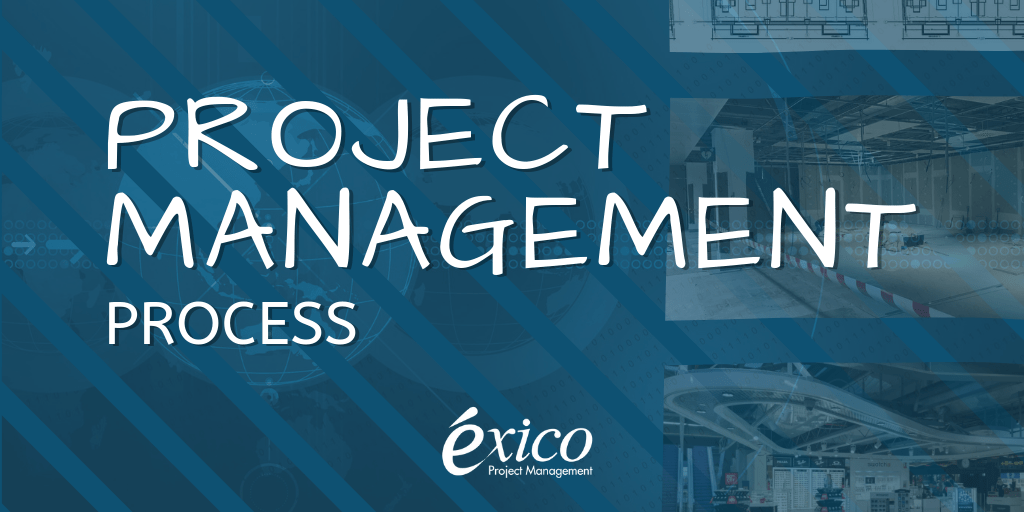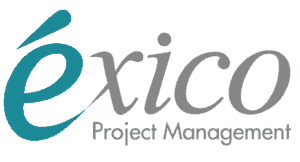As our planet’s natural resources are becoming increasingly scarce, we are learning that, whether the cause is our overuse of the Earth’s resources or our interference in ecosystems, our actions have consequences, and our society’s fast paced way of living is unsustainable.
At Éxico, we are aware of the importance of putting our respect for the environment as a priority in all our projects. This is why we believe bioclimatic architecture and passive houses are a trend in the construction industry that is here to stay.
See 'Features of Passive Houses' (infographic)
Passive houses and bioclimatic architecture: nature as main character
Passive houses combine bioclimatic architecture with energy efficiency, resulting in a very low energy consumption building that provides an above-average comfort level through all seasons. Bioclimatic architecture uses the natural features of the environment to achieve an optimal temperature inside the house. By doing so, it reduces the need to draw on an external energy source for heating in winter or cooling during summer.
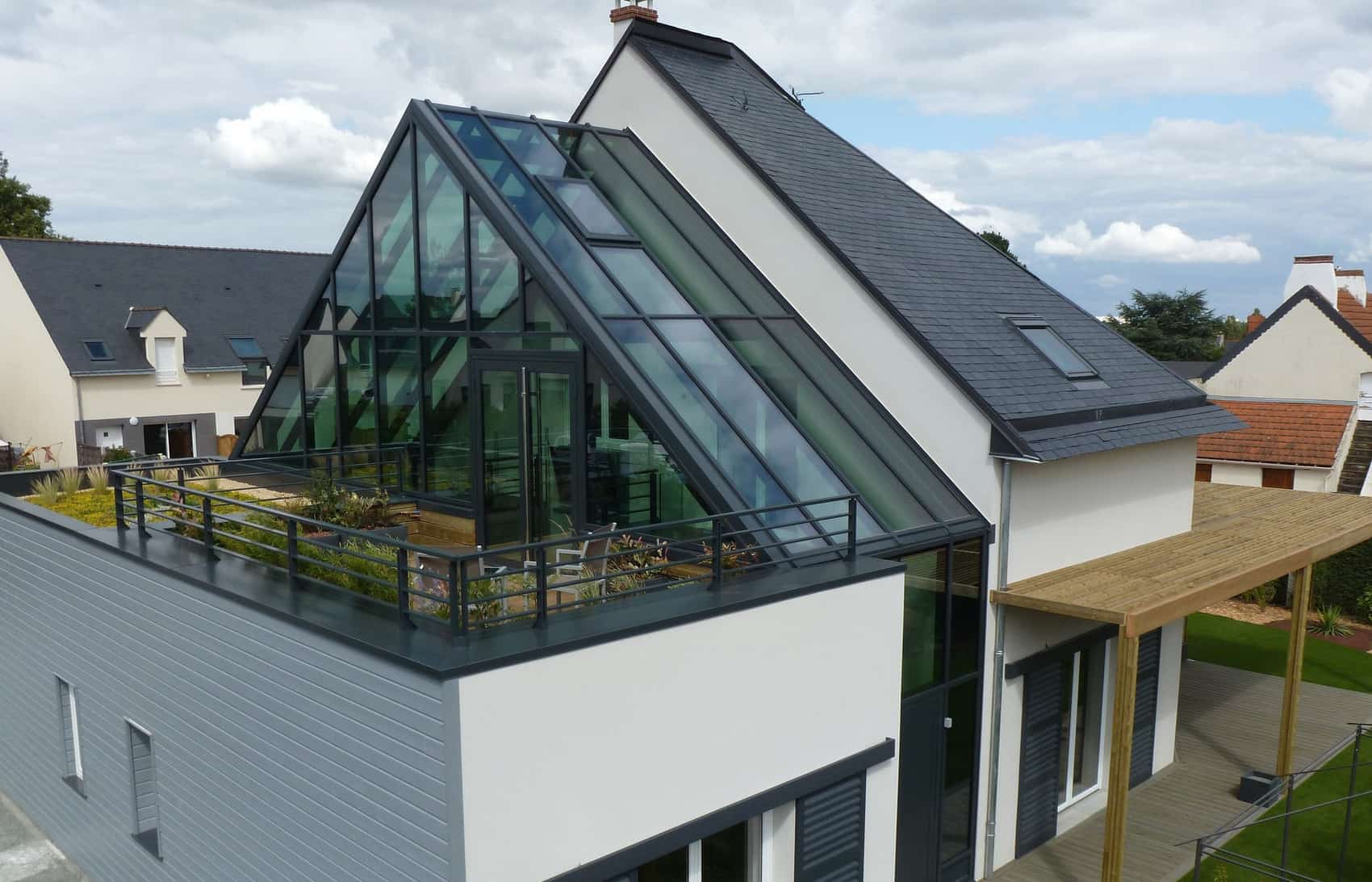
La Maison Saint-Gobain Multi Confort Adjacent Greenhouse.
A house built on bioclimatic architecture guidelines is in constant balance with the environment. Design, shapes and materials adjust to external factors such as climate, topography, wind direction and, specially, the sun’s impact.
Solar radiation plays a leading role in passive houses. Buildings not only have south-facing windows and exits, but also have structures designed to distribute the sun’s energy into the house. Bioclimatic architecture plays with terraced greenhouses, accumulation walls and roofs and open spaces, putting to practice phenomenons like the greenhouse effect, thermal inertia or the natural upwards movement of warm air. The combination of these elements achieves optimal temperature and ventilation with minimum energy use in the home.
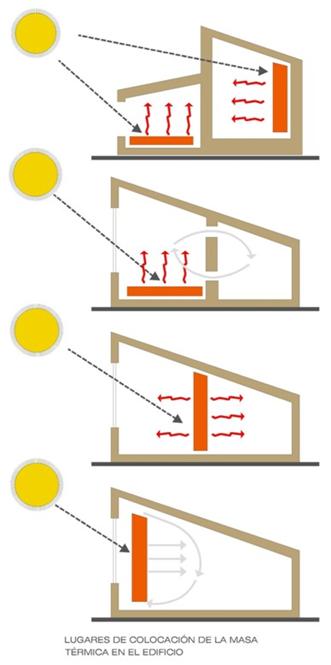
Impact of solar radiation in different structures.
Although it may seem so, bioclimatic design is not new. In Ancient Greece, houses were built facing south to take better advantage of the heat of the sun; a technique that the Romans would improve on centuries later.
Throughout history, different societies have adapted to the conditions of the environment in which they lived, and have always respected nature, something that perhaps should be recovered.
Less energy use, more sustainability
Decreasing energy consumption in a house immediately improves energy efficiency. By minimizing the resources needed to maintain a stable temperature or a comfortable ventilation inside the house we can also achieve significant financial savings. This is why passive houses and any changes towards a more sustainable climatization systems are an investment: their profitability is proven over time.
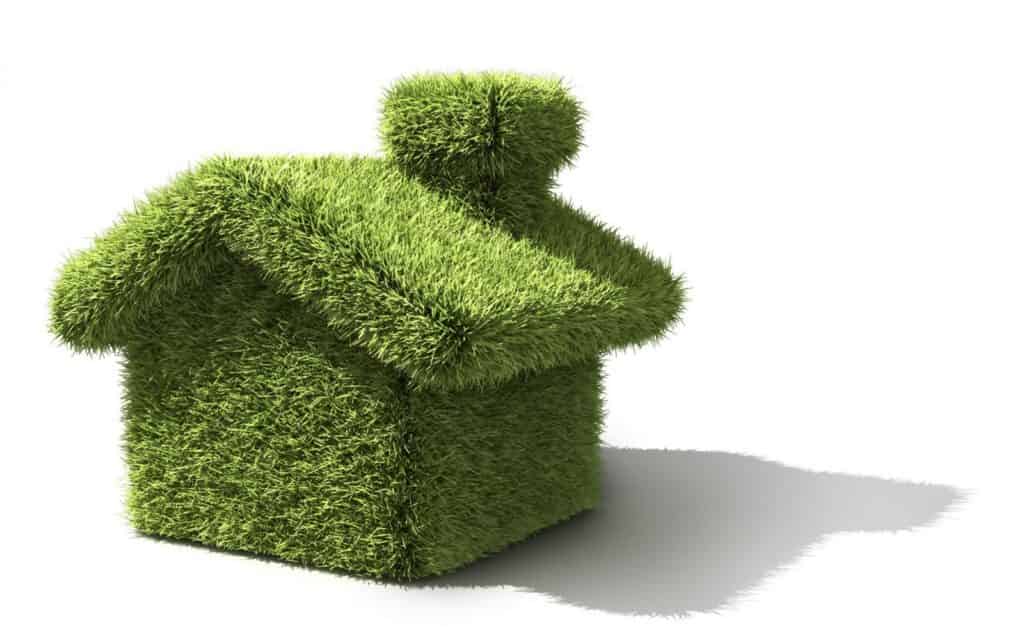
Our responsibility towards the planet
Caring for the environment is everyone’s responsibility. Everything that can be done to reduce the environmental impact of our actions must be taken into account.
At Éxico, we are aware of the impact we can have on the environment within the real estate and construction industry. That is why we put our commitment to natural resources as a priority in all our projects, focusing on the quality of materials and processes, and always seeking the highest possible energy efficiency in the different circumstances.

